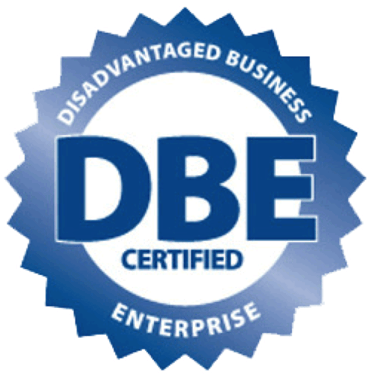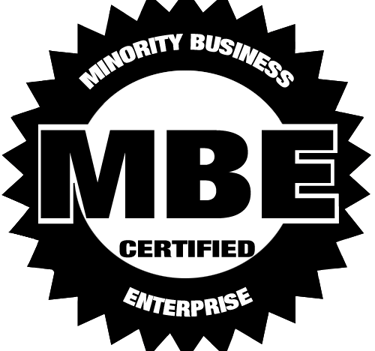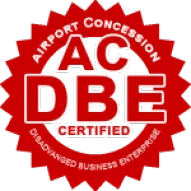In today’s workplace, employee complaints are more than HR challenges—they’re potential legal liabilities. Whether the issue involves harassment, safety violations, pay inequities, discrimination, or retaliation, your response can determine whether the matter is resolved internally or escalates into a costly employment lawsuit.
Small and mid-sized businesses are particularly at risk. Many lack in-house legal counsel or structured complaint-handling procedures, yet their legal exposure remains the same as larger employers.
The Risk Is Real
The Equal Employment Opportunity Commission (EEOC) reported over 68,000 workplace discrimination charges in 2024, a 14% increase from the previous year. The most common claims involved:
Retaliation
Race and gender discrimination
Disability and age bias
Sexual harassment
Notably, a significant percentage of these cases stemmed not from the underlying issue itself but from how the employer handled the initial complaint.
Common Employer Mistakes That Trigger Lawsuits
1. Ignoring or Downplaying the Complaint
Brushing off a concern—even if casually raised—can be interpreted as indifference or willful neglect.
2. Poor Documentation
Without a clear record of the complaint, investigation steps, and resolution, your defense is weakened.
3. Breaching Confidentiality
Sharing complaint details with unauthorized individuals can violate privacy rights and increase retaliation risk.
4. Delaying Action
Failing to investigate promptly may suggest you condoned the issue or attempted to suppress it.
Best Practices for Handling Employee Complaints
1. Create a Safe, Accessible Reporting Process
Encourage employees to speak up by offering:
Anonymous reporting tools
A designated HR contact
A clearly written grievance policy in the employee handbook
Reassure staff they can raise concerns without fear of retaliation.
2. Document Every Step
Maintain a detailed paper trail from the initial report to resolution, including:
Dates and times
Parties involved
Interview notes
Actions taken
Final outcome and follow-up
Use standardized forms or a secure HR management system to ensure consistency.
3. Respond Quickly and Appropriately
Investigate all complaints, no matter how minor they seem. Some cases may require formal interviews and written findings; others may be resolved through mediation.
4. Maintain Confidentiality (With Limits)
While complaints should be handled discreetly, explain that certain information may need to be shared with individuals involved in resolving the matter.
5. Prevent Retaliation—The #1 Cause of EEOC Lawsuits
Even subtle changes—like adjusting schedules, reassigning duties, or reducing hours—can be viewed as retaliation. Train managers to maintain professionalism and avoid adverse actions without a documented, business-related reason.
6. Follow Up with the Employee
Circle back to acknowledge the concern, outline the steps taken, and confirm whether the employee feels the matter is resolved. This builds trust and helps prevent repeat issues.
Understanding EPLI Coverage
Employment Practices Liability Insurance (EPLI) can help protect your business by covering:
Legal defense costs
Settlements and judgments
Claims involving discrimination, harassment, and retaliation
However, coverage may be denied if you:
Fail to notify your insurer promptly
Don’t follow documented HR procedures
Admit fault before consulting legal counsel
Regularly review your EPLI policy to ensure it reflects your current workforce size, risk exposures, and complaint-handling protocols.
Final Thoughts
You can’t eliminate every workplace complaint, but you can control your response. A proactive, well-documented, and timely approach not only helps resolve issues before they escalate but also protects your employees and reduces the risk of legal action.
Need help strengthening your complaint-handling process or reviewing your EPLI policy? Our team can guide your HR and management staff through practical, legally sound steps to reduce liability and foster a safer, more compliant workplace. Contact us!


How to Handle Employee Complaints Without Increasing
Your Lawsuit Risk
Transforming small business consulting with dynamic energy.
Service
Trust
(312) 220-9200
© 2025. All rights reserved.


141 W. Jackson Blvd. | Suite 1502 | Chicago, IL | 60604






